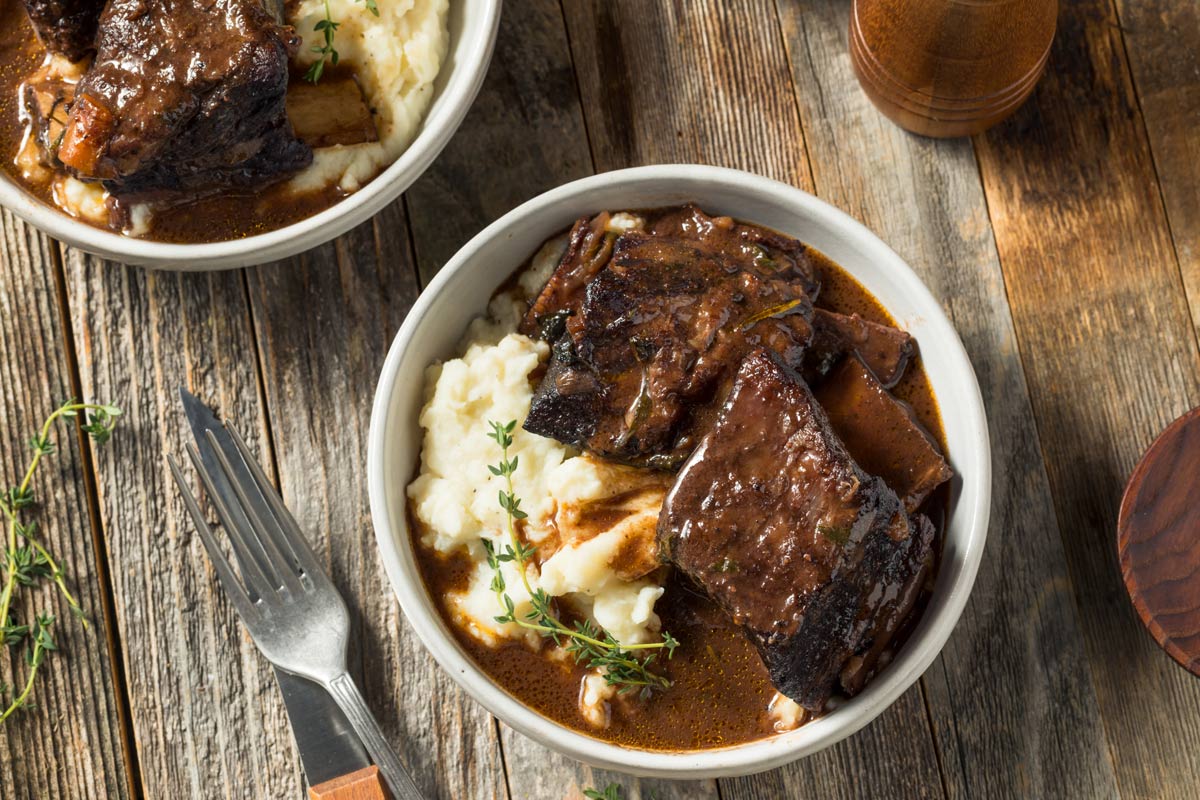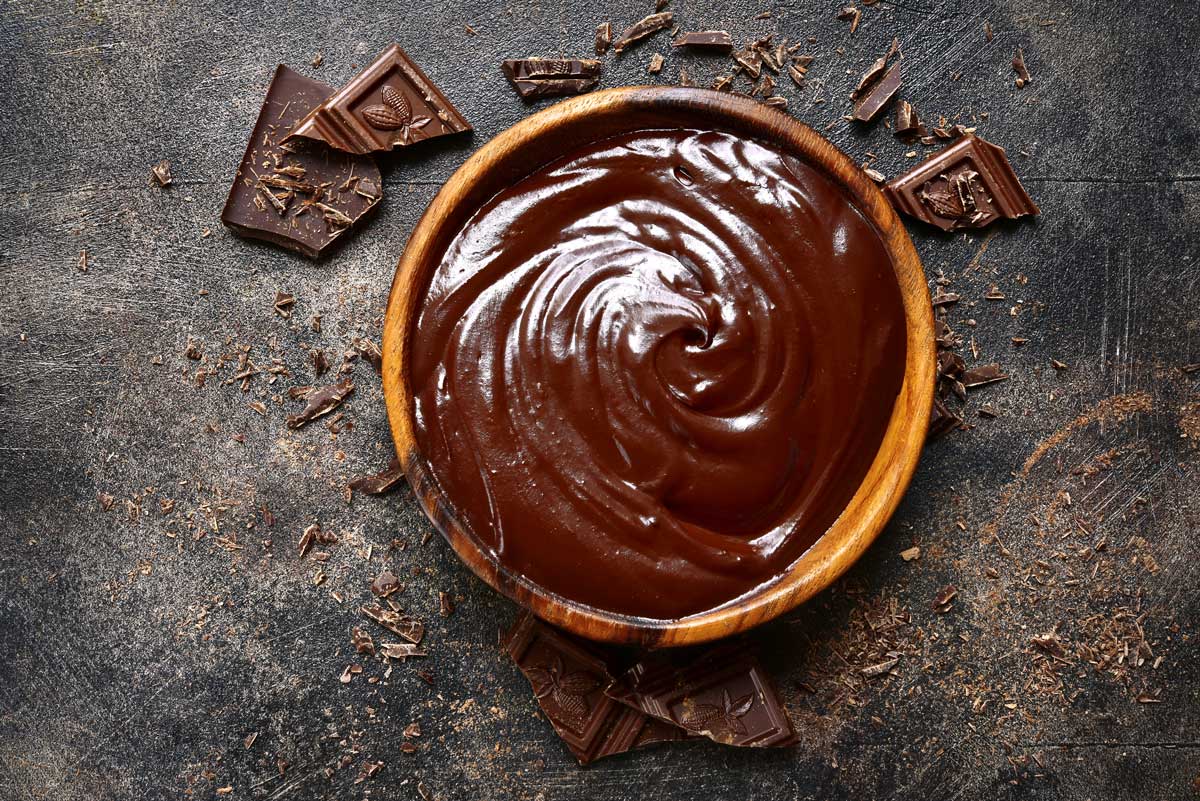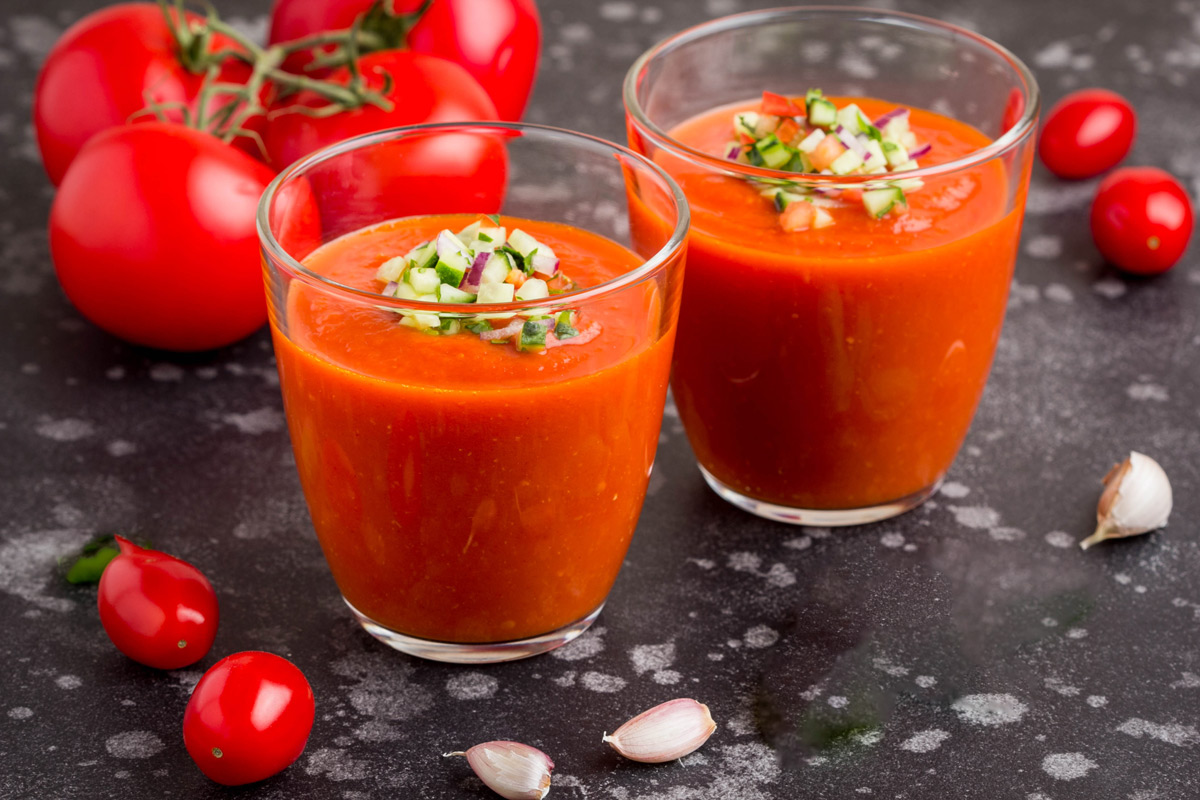Short Ribs Dijon-style Recipe, Spotlight on Shallots, How Breathing Calms Stress and Gym-Free Weight-Lifting Exercises for Everyone
Looking for a hearty meal for cold winter nights? Short ribs, braised in a mustard-wine sauce until the meat falls off the bone, fits the bill and delivers a presentation fit for company. The secret ingredient is shallots. Read on to learn about them. You’ll also read about thought-provoking research on the calming effects of breathing, plus where to put the most effort when strength-training.
Short Ribs Dijon-style
 Short Ribs Dijon-style
Short Ribs Dijon-styleThis dish gets even better over time. Feel free to make it a day or two in advance and reheat slowly in the oven.
Ingredients
- 1 bottle of good-quality red wine, such as Beaujolais Nouveau
- 3 tablespoons extra virgin olive oil
- 8 beef short ribs, each measuring about 4″ by 3″
- 2 tablespoons flour
- 12 shallots, peeled
- ½ cup best-quality Dijon mustard
- 1 28-ounce can of plum tomatoes
- Coarse salt and freshly cracked black pepper to taste
Directions
Step 1
In a nonreactive saucepan, reduce the wine by 75 percent and set aside. Heat a heavy skillet large enough to hold the short ribs. While the pan is getting hot, lightly dredge the ribs in the flour; shake off any excess. Add the olive oil to the hot pan and then the ribs, searing them on all sides.
Step 2
Transfer the ribs to a bowl next to your cooktop and add the shallots to the skillet; cook them over low heat until tender and slightly caramelized. Then transfer them to a separate bowl next to your cooktop. Deglaze the pan with the reduced wine and whisk in the mustard. Return the ribs to the skillet, lower the heat to a simmer, cover, and cook for two hours.
Step 3
Drain the canned tomatoes, reserving the juice in case the sauce becomes too thick. Add the tomatoes to the skillet along with the shallots and simmer, partially covered, for another hour. Season with salt and pepper to taste. Serve over egg noodles or mashed potatoes.
Yields 4 servings

Healthy Ingredient Spotlight
Say yes to shallots
A member of the Allium family, which also includes onions, scallions, garlic, and chives, shallots often have a pricier profile than their cousins, but it takes only a few of these nuggets to get sweet results. Shallots aren’t quite as sharp as onions or as intense as garlic. They grow in bulbs just like garlic, but are sold as individual cloves—you might find shallots barely bigger than a large garlic clove or nearly as large as an entire garlic bulb. Ounce for ounce, shallots can substitute for onions, and their thin peel makes for little waste when prepping them. From a health perspective, shallots are a great source of key minerals and are chock-full of antioxidants, including phenolic compounds like quercetin, according to the journal Antioxidants.

Healthy Kitchen Nugget
Buying and storing shallots
Look for firm shallots that feel heavy in your hand. The peel should be a copper color and smooth, not shriveled. As with onions and garlic, skip any that have started sprouting at the tip and store them in the same way, in a dark cabinet. Use them within a week or two for optimal taste.

For Your Best Health
How breathing calms stress
We’ve all experienced the calming effect of taking a few deep breaths, but did you ever wonder why the technique is so effective? Professor Micah Allen, PhD, and colleagues from the Department of Clinical Medicine at Aarhus University in Denmark have come a step closer to understanding the breath-brain connection. The researchers used results from more than a dozen studies with rodent, monkey, and human brain imaging to propose a new computational model that explains how breathing influences the brain.
“What we found is that, across many different types of tasks and animals, brain rhythms are closely tied to the rhythm of our breath. We are more sensitive to the outside world when we are breathing in, whereas the brain tunes out more when we breathe out. This also aligns with how some extreme sports use breathing; for example, professional marksmen are trained to pull the trigger at the end of exhalation,” explained Dr. Allen.
Breathing is more than just something we do to stay alive, the study found. “It suggests that the brain and breathing are closely intertwined in a way that goes far beyond survival to actually impact our emotions, our attention, and how we process the outside world,” detailed Dr. Allen. “Our model suggests there is a common mechanism in the brain which links the rhythm of breathing to these events.”
The findings have already prompted ideas for future studies in people with respiratory or mood disorders, for example. Aarhus PhD candidate Malthe Brændholt is conducting brain imaging studies to try to understand how different kinds of emotional and visual perceptions influence the brain while breathing. The team is also collaborating with the pulmonology group at Aarhus University Hospital, where tools developed in the lab are being used to understand whether people with long-COVID may have disruptions in their breath-brain alignment.

Fitness Flash
Put down those weights…this way!
New research from Edith Cowan University (ECU) in Australia, Niigata University and Nishi Kyushu University in Japan, and Brazil’s Londrina State University shows that eccentric muscle contractions—in which activated muscles are lengthened while lowering weights—are most effective at increasing muscle strength and size compared with the action of lifting weights.
ECU professor Ken Nosaka, PhD, explained that the results reinforce previous research. “We already know only one eccentric muscle contraction a day can increase muscle strength if it is performed five days a week—even if it’s only three seconds a day—but concentric (lifting a weight) or isometric muscle contraction (holding a weight) does not provide such an effect,” Dr. Nosaka said. “In the case of a dumbbell curl, many people may believe the lifting action provides the most benefit, or at least some benefit, but we found concentric muscle contractions contributed little to the training effects.”
The study compared the results of a non-exercising control group to three groups who performed dumbbell curls twice a week for five weeks. One group did only eccentric-only muscle contractions, another group did concentric-only muscle contractions, and the third group did both concentric and eccentric muscle contractions (lifting and lowering weight alternatively). All three training groups saw improvements in concentric strength, but this was the only improvement for the concentric-only group. The eccentric-only and concentric-eccentric groups also saw significant improvements in isometric (static) strength and eccentric strength. “Understanding the benefits of eccentric-focused training can allow people to spend their time exercising more efficiently,” Dr. Nosaka said.
How can you lower a weight without lifting it first? With dumbbell exercises such as bicep curls, overhead extensions, front raises, and the shoulder press, he recommends using two hands to help with the concentric (lifting weight) phase before using one arm for the eccentric phase (lowering weight). You can apply the same technique with knee extensions, leg curls, and calf raises done on weight machines for the legs.
Can’t get to the gym? Dr. Nosaka suggests home exercises that use the same principles. In each, gradually stretch the contracting muscles from the start to the end of the range of motion and, after each eccentric muscle contraction, minimize the effort to go back to the starting position; repeat each one 10 times.
- Chair sit: From a half-squatting position, sit down slowly on a chair to a count of three (narrower and wider stances will create different effects).
- Chair recline: Sit at the front of a chair to make a space between your back and the backrest; recline back slowly in three seconds (arms can be crossed at the chest or held at the back of a head).
- Uneven squat: Stand behind a chair, lean to one side to put more weight on one leg, then squat down in three seconds.
- Heel down: Still behind a chair, lean forward and raise your heels. Then, lift one leg off the ground and lower the heel of the other leg in three seconds.
- Wall kiss: Stand before a wall with both arms fully extended in front of you. Bend the elbow joint slowly over three seconds until your face gets close to the wall.
- Front lunge: Place one leg in front of the other and bend the knees deeper over three seconds.



